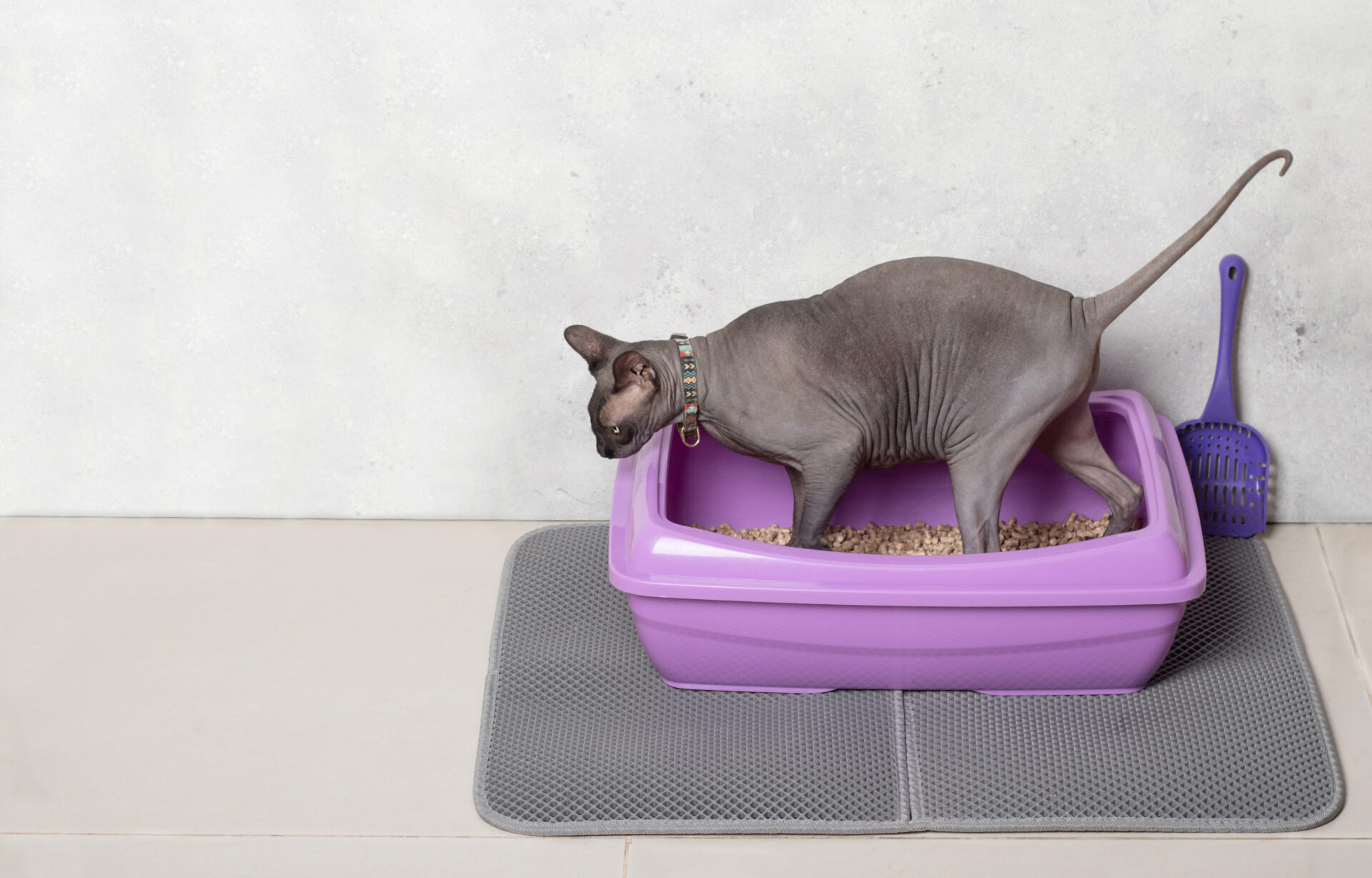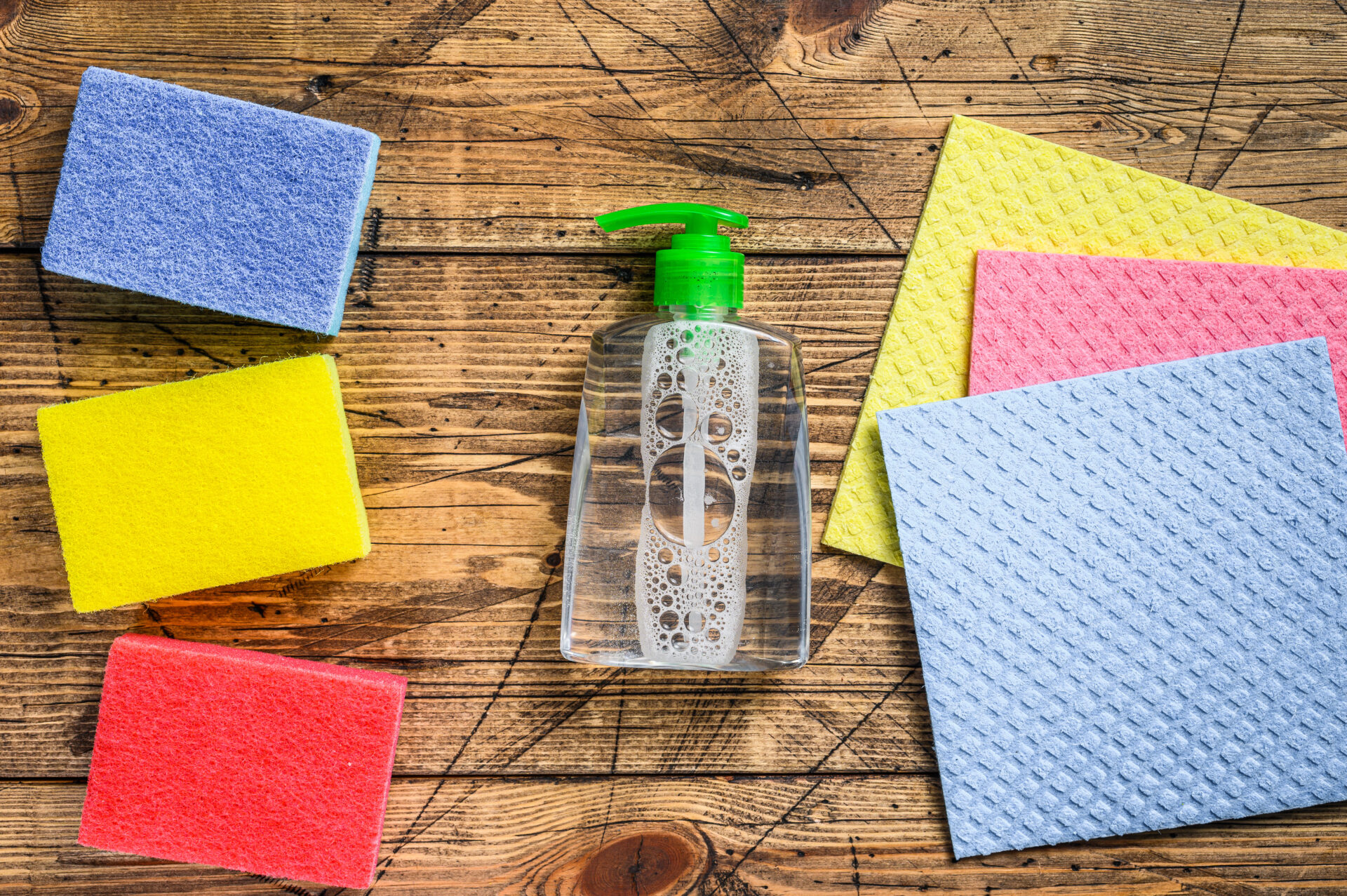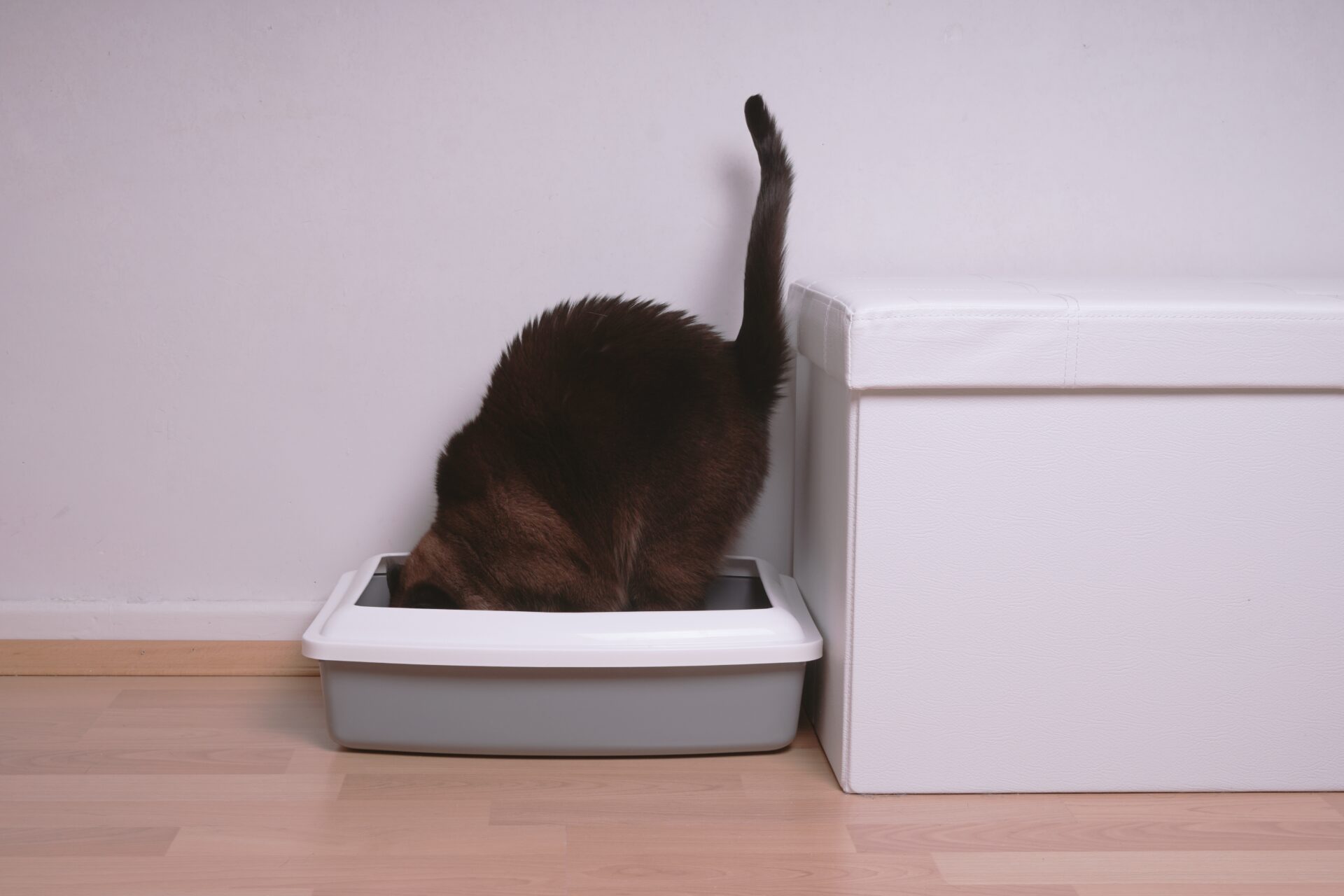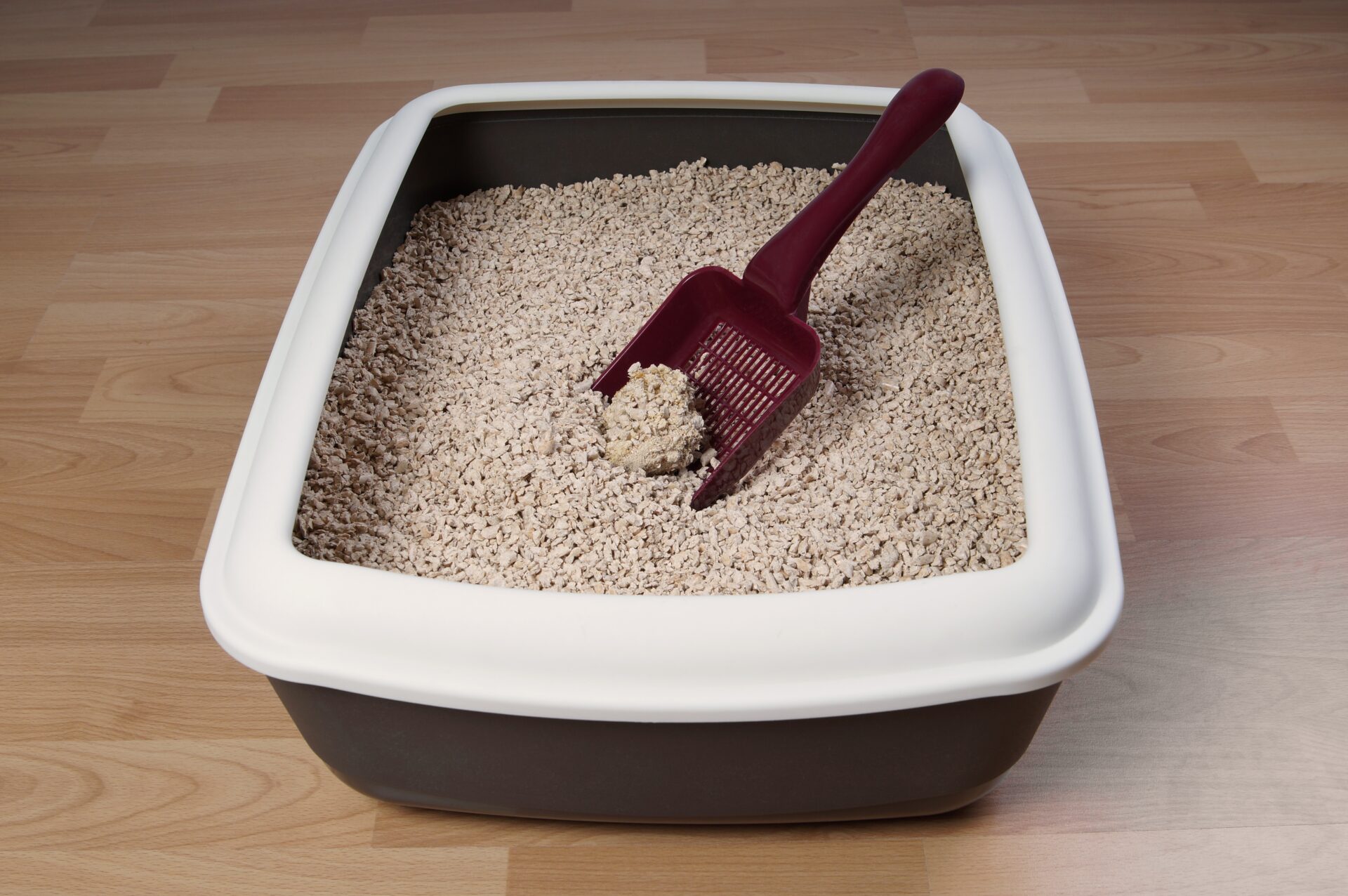How to make your litter box not smell
How to make your litter box not smell
If owning kitties is a dream, a stinky litter box can be a rude awakening. If you’re having issues tampering odours, there is often a multiple-answer approach. Check out the below tips for keeping your space void of smell for you and your cat.
Scooping Tips
We know this is probably not what you wanted to hear, but the enduring odour is often the result of litter being cleaned less often than needed. Clumping litter should, ideally, be scooped once a day. You’d think it obvious, but many kitty parents are actually not clear on the definition of scooping (I was one of them!) Are you letting the litter box gather its deposits, then dumping the entire contents at the week’s end? No need! Not only does this method add to your landfill contributions, it wastes your litter supply. Simply set up a plastic-lined bucket beside the litter box, and use a scooper to transfer urine-soaked clumps and feces into it. Make sure you pick a container with a tight lid so that any unfavourable odours can be contained. This secondary container really only needs to be taken to the trash once a week. In the meantime, keep litter levels even by supplementing the box with more clean litter as you scoop throughout the week.

Wash The Box
This bigger task is only required monthly! With your diligent daily scooping, an all-out clean should only be needed when the box is pretty soiled. Empty litter box entirely, and wipe down the box with mild soaps or natural cleaning solutions. Some sites recommend a bleach mix, which often works great, but will sometimes result in your cat avoiding the box altogether because of its harsh and highly chemical smell. If you have one, use an outdoor hose to spray down the box. This will keep your hands clean and your nose far away from the ammonia in urine. If you need to get down and dirty, always wear gloves and even a mask. The bacteria and pathogens found in dirty cat litter can be dangerous to humans.

How Big? How Many?
Generally, when it comes to litter boxes, veterinarians tend to recommend the n+1 rule, meaning: one box per cat, plus one extra. Cats are not fans of sharing litter boxes and will appreciate a spot of their own. Many litter boxes on the market land on the small side, when really the box size should extend from the nose to the tip of the outstretched tail. A too-small box might cramp your cat and encourage them to soil the areas around it.

Location, Location
An isolated hidey-hole might seem like the perfect location to keep the litter box away from civilization, but what you really want is ventilation. This designated no-mans-land area will not be pleasant for your cat, and they might feel it necessary to pick out a new one. Find a spot that is not confined and has good airflow without being subject to heavy drafts. Avoid lidded litter boxes for the same reason – it will trap heat and odour and concentrate the smell.
Pick Your Litter
According to the ASPCA, cats seem to prefer clumping litters with medium to fine grains, as these formulas are easier to push aside and keep neat. You will find lots of litter claiming sweets smells of lavender and lotus blossom, but scented litter is marketed to appeal to humans, and overwhelmingly does NOT please most cats. Stick with a non-scented, dust-free, and naturally odour-absorbing option that will do the job without offending your kitties sensitive nostrils. We love to highlight a local brand, and this beloved litter by Odour Buster was developed by a Canadian farmer to control smells in chicken coops and pig pens, so you know it can handle your cats. Made from responsibly-mined bentonite clay, Odour Buster also offers a Multi-Cat option that forms easily scooped hard clumps for those with multiple kitties.

Cleaning Hacks
Stock up! If you don’t have an enzymatic cleaner, you’re missing out. Cleaning up accidents sucks, but with the right cleaner, it can suck considerably less. An enzymatic cleaner, like this one, uses naturally occurring biochemicals to break down organic matter like urine, feces, and vomit, on a molecular level.
If you’re looking solely for odour control, this well-reviewed option from Zero Odor can be spritzed into litter boxes and other high-traffic areas to not just cover up, but chemically eliminate smell altogether.
The time-tested DIY solution: Baking soda. Search your pantry and try dusting a thin layer of baking soda at the bottom of the litter box, underneath the litter.
Purrfect Match
Want to automate the litter box cleaning process? Take a look at Pep & Pup’s list of Most Helpful Gadgets for Pet Owners in 2022 to find our pick for the best self-cleaning litter box available right now.


Leave a comment